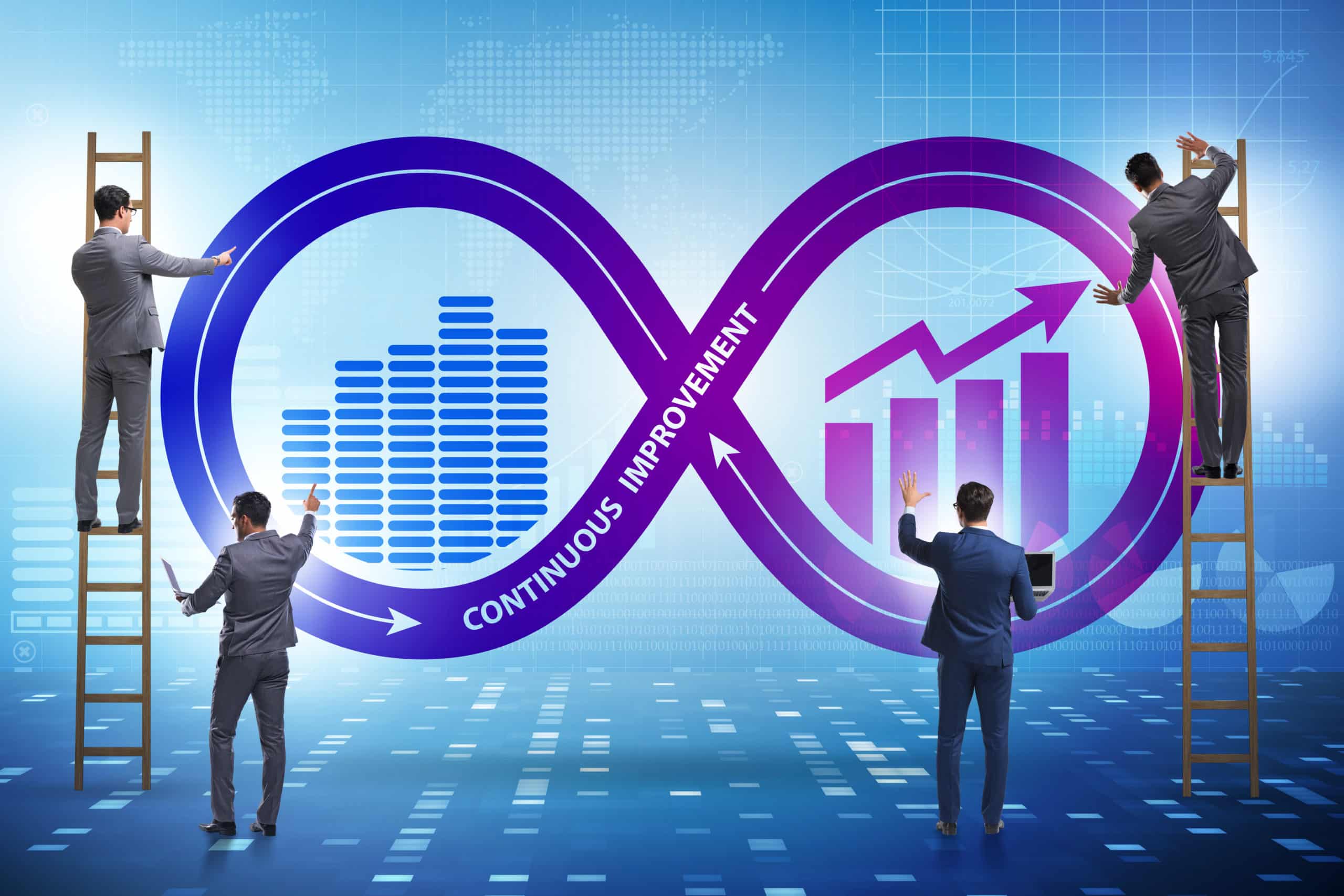‘The secret of change is to focus all your energy not on fighting the old, but on building the new’
Socrates
Leadership is the key to successful change management. True accountability around the desired behaviours leads the company to success. Today’s business environment is driving change at an unprecedented level. The current pace of technology change is accelerating, requiring businesses to oversee transitions to new processes and procedures on a regular basis. When these changes require adjustments at the structural level, businesses are required to implement organizational change, utilizing change management techniques.
Change Management is vitally important, however there are a lot of definitions and approaches. Some even state change management is vague and not concrete. A definition could be: “the planned organizational-wide effort to increase individual and organizational effectiveness and behaviour”.
How can effectiveness and behaviour of individuals, teams and organizations be measured?
First, the required business result should be defined. By taking time for identifying the measurement, the real discussion needs to take place; what needs to be achieved and how it should be measured from a business impact point of view. Defining a new metric is already an element of change management in providing a new direction. This should be a measurement at transactional level, to provide real insight into the actual variance as the customer of the process perceives it. The success of Change Management can be observed by the reduction of the process variance. This reduction is a proof that the capability of the full process (the process itself, technology, systems, and people) has been improved structurally. Then it can be concluded that the required change was implemented successfully.
Next to that, to assure the success of change, the required behaviour for this change needs to be defined. This needs to be defined as factual and observable behaviours, which is an important pre-requisite for providing feedback. An example of new behaviour could be, knowing your standards, knowing when there is a deviation from the standard and corrective and preventive measures are being taken.
Leaders should take their accountability in leading the change by observing and demonstrating the required behaviours, i.e. asking “what are the standards”, “what measures have been taken in order to move back to the standard of the process”. By providing feedback, either giving recognition or suggested improvements, a real time measurement is achieved. The whole organization is aware of the level of achievement for these newly required behaviours. Based on this real time measurement by leaders, it can be concluded that the change is happening or not. The combination of the measurement on business results and behaviours contributes to achieving sustainable and successful change.







